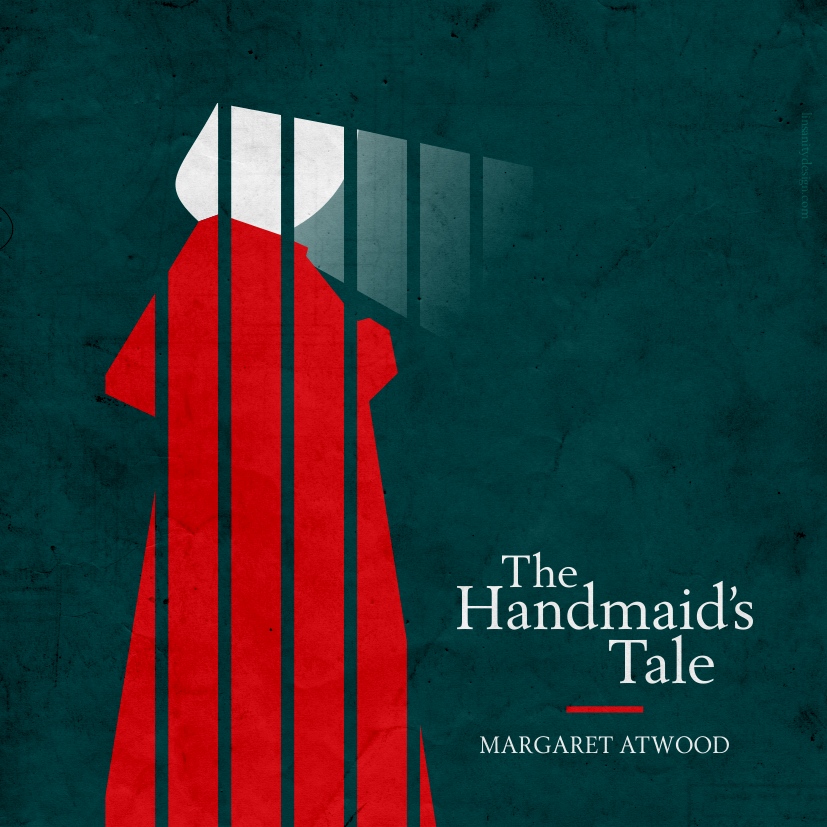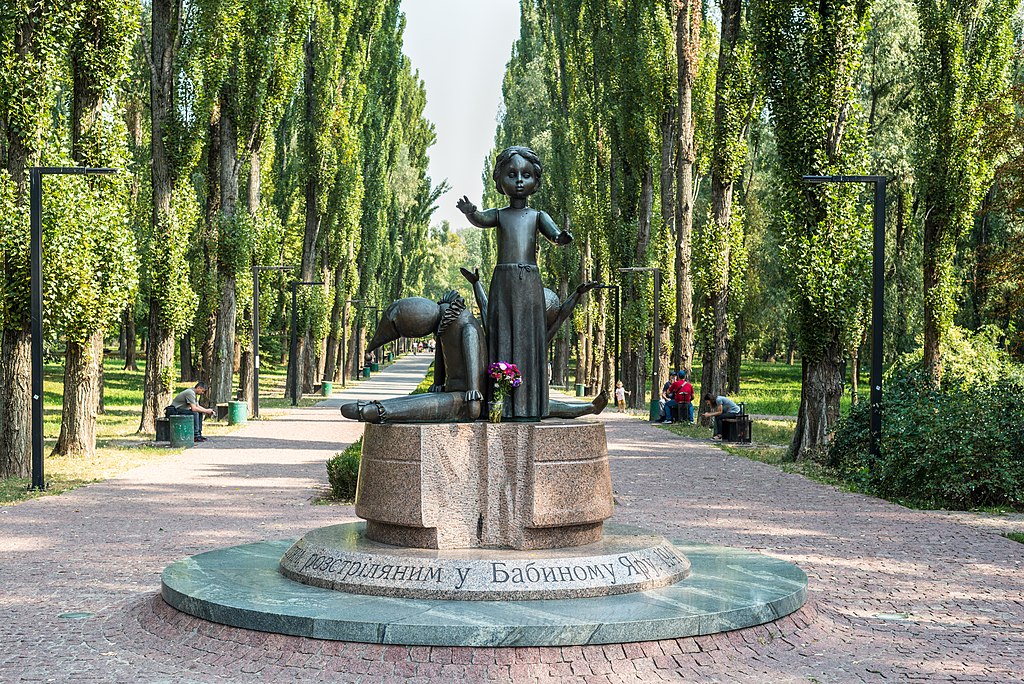This is a guest post by Candice Holdsworth
As part of the 17 September launch of Index on Censorship’s latest edition, I attended an event at the Free Word Centre in Farringdon entitled: “Time for a Revolution”. The event and the new edition of the magazine both marked the 20-year anniversary of the transformations in eastern Europe in 1989, with a panel discussion following the performance of two rarely-performed plays from that era.
The two plays in question were Václav Havel’s ‘Mistake’ and Samuel Beckett’s ‘Catastrophe.’ Beckett had in 1982 dedicated ‘Catastrophe’ to the then-imprisoned Havel, whom the Czech authorities had sentenced to four and half years in prison for ‘subversive activities.’ Havel had been greatly moved by this gesture of solidarity; upon his release one year later, he dedicated ‘Mistake’ to Beckett. These two plays are rarely performed. But they retain their brevity and pathos today, even though decades removed from the historical and political context in which they were originally conceived.
As we gathered in the foyer, people paused briefly at the inexplicable presence of a bunk bed in the centre of the hall. However, the crowd’s attention drifted off toward procuring a glass of wine and mingling with the other guests, whose curiosity was piqued when a lone figure made his way up onto the top bunk, opened a book and began to read, seemingly engrossed in the task. When it appeared that nothing was happening beyond the appearance of this mysterious figure, conversation resumed.
Suddenly and quite unexpectedly, the lights dimmed and a group of angry men pushed their way through the crowd towards the bunk beds and the lone stranger. A rapid hush descended upon the audience, who noiselessly crowded round to observe Havel’s unfolding drama. The men began to verbally assault the man seated on top of the bunk bed. We, the audience, shared in the surprise attack as we too were unexpectedly ambushed by the unfolding events.
It soon became clear that this scene was set in a prison cell where the lone figure was a newcomer who had transgressed ‘the rules’ — or the ordinary daily routine of the prisoners — by lighting a cigarette before breakfast. Other prisoners severely castigated him for disrupting their well-established routine: “That’s not the way we do things round here.” The newcomer remained mute throughout the entire verbal assault, which gradually became more and more intense as the prisoners grew incensed at his non-reaction to their provocations. Eventually the tension in the scene reached boiling point: the bullies dragged the newcomer into a closed room, his fate could only be imagined as the audience heard loud thumps and screams.
Then, in the next room, a small theatre, another scene soon unfolded as an eerie light focused on another lone figure, standing upon a pedestal on stage. He was silent and completely cloaked in mystery, with his face downcast and obscured by a large hat, his body entirely covered by a plain smock, and only his bare feet visible. We silently took our seats, and a fidgety woman wearing a lab coat and carrying a notebook began nervously to tidy objects on stage.
In Beckett’s piece, the woman in the lab coat jumped violently as a rather austere, distinguished man entered. She fussed over him and appeared eager to satisfy his every whim, rushing to light his cigar as he demanded “Light”. This man, a director, began to examine the figure upon the pedestal, preparing him for a “performance” as she obsequiously “makes a note” at his every suggestion. These directions objectified and dehumanised the man on top of the pedestal, displayed before us in the entirety of this ritualised humiliation.
Never once did the man on the pedestal utter a word or raise his head as the woman obliged the director’s request for the man to “show more skin” or to “unclench his fists”. Not once was the silent figure spoken to, or acknowledged in any respectful or personal sense. He was an object. The scene came to an end, as satisfied with their work, the director and his assistant left the stage as he declared that the crowd “will love him” to thunderous applause as the solitary, silent man finally raised his eyes.
Both plays explore the constraints upon individuals subjected to physical and mental tyranny. What recourse is open to people who is faced with such overwhelming power? However, as much as the ‘victims’ appear to be mute helpless and subject to the whims of their tormentors- there appears to be a spark of resistance.
The mute victim in Havel’s play never utters a word to his tormentors. No matter how vicious or invasive the other prisoners become, he never fully submits. As much as they push him to answer or acknowledge their authority, he never quite does so. They become angrier and more intent on subjugating him to their will, and as much as they physically tyrannise him, you’re never sure if they’re fully in possession of his spirit. The power in his defiant silence is the “power of the powerless”.
At the end of the Beckett play the mute figure on a pedestal is fully visible in all his humiliation, seemingly impotent and incapacitated. But in one brief moment, he reveals his remaining humanity and individuality by raising his head and facing the audience. As his eyes meet ours, we realise that he is not beaten yet.





